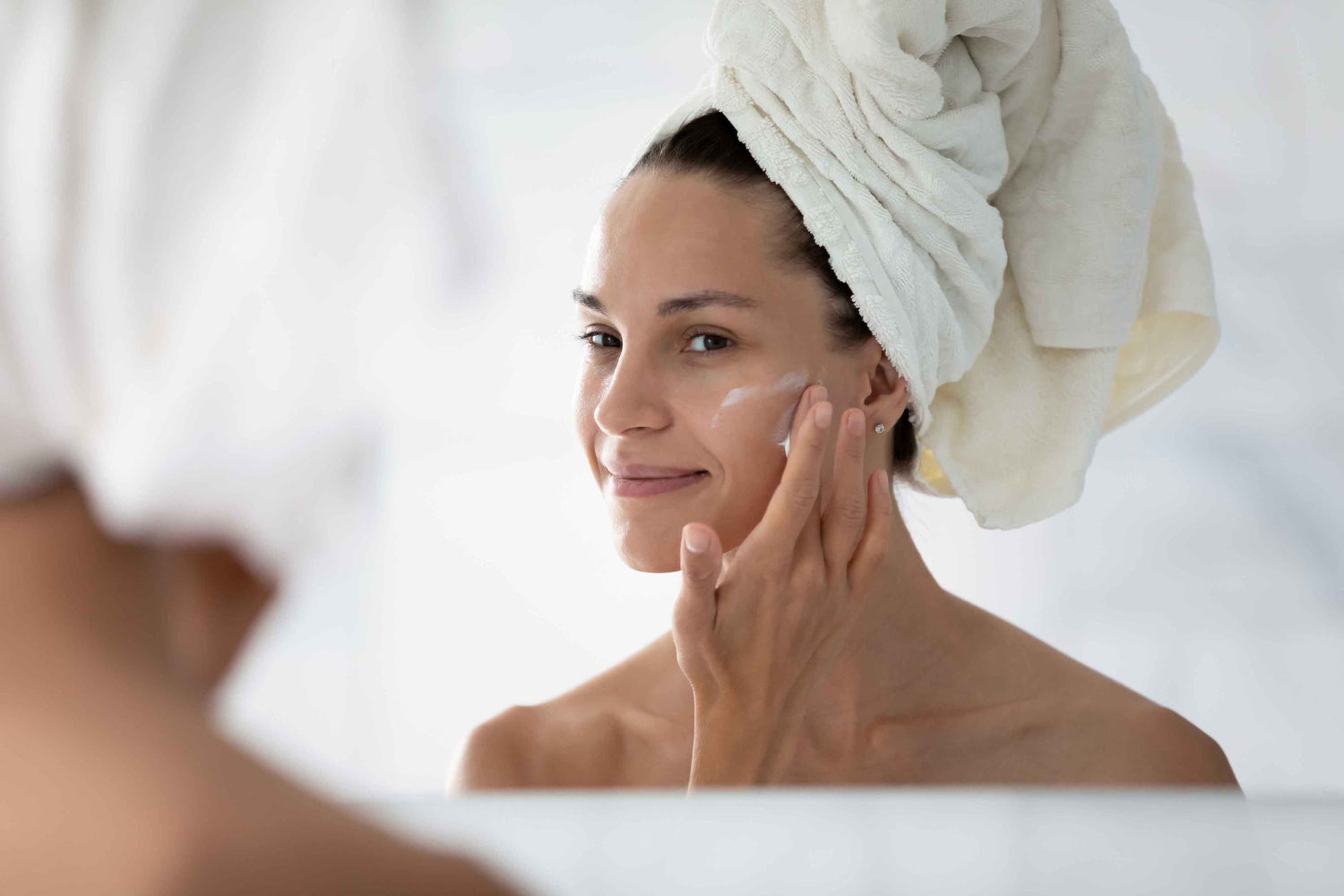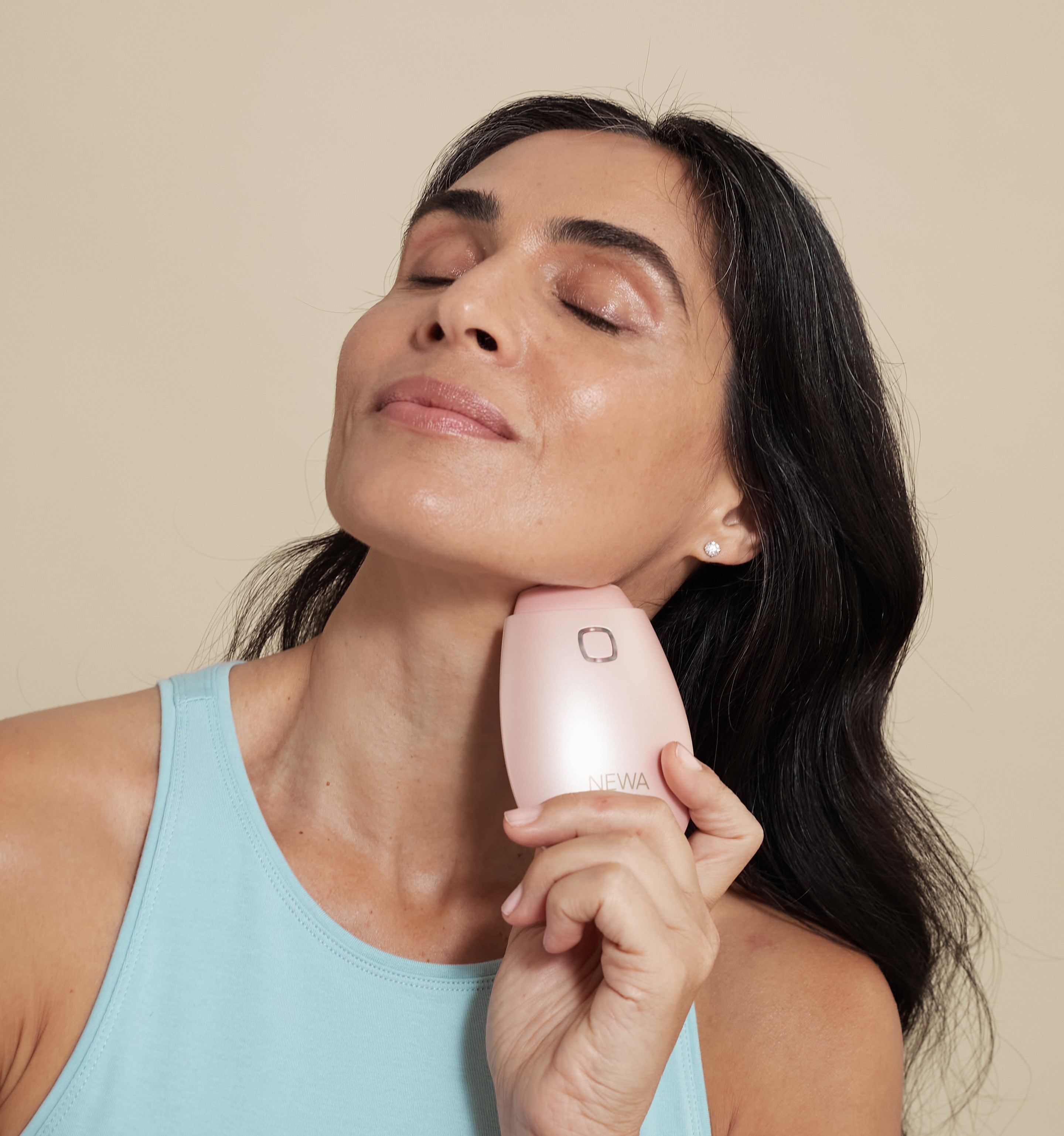If you’re on social media, chances are you’ve heard “skin cycling” mentioned.
This popular trend, coined by dermatologist Dr Whitney Bowe, first took TikTok by storm and has spread to other platforms and news outlets. It’s difficult to avoid hearing about this topic lately and you may be wondering if it’s worth all the hype it’s receiving from skincare influencers.
Join us today as we break down skin cycling…. and whether it lives up to the attention it’s receiving. We also polled our Instagram followers and you also want to know what the benefits of this protocol are, if you can use it with your skincare devices (like NEWA Radio Frequency Skin Tightening), and how it’s different from skin fasting - and we’re here to deliver!
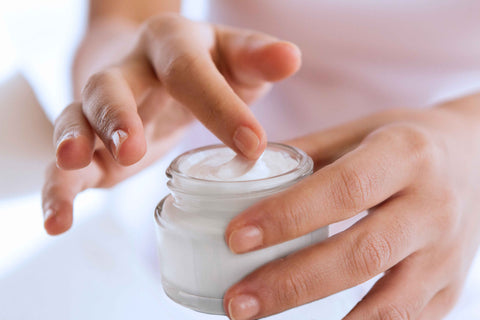
What is Skin Cycling?
While the term “skin cycling” is new, rotating products based on your skin needs is not. There’s been many variations over the years from taking a rest day, using retinoids every third day, or exfoliating twice a week. Dr. Bowe has trademarked the name and it’s now associated with her specific protocol.
The cliff notes version is that skin cycling is a rotational skincare regimen designed to simplify skincare and make alternating products easy. It follows a 4 night schedule that you continue to repeat.
| Treatment Night | Skincare Steps |
|---|---|
| 01 Exfoliation Night |
|
| 02 Retinoid Night |
|
| 03 Recovery Night |
|
| 04 Recovery Night |
|
Tip: If you’re not a sensitive skin type or you’ve been using retinoids for a long time, you can remove the fourth night and make it a 3 day rotating schedule. This would look like exfoliating one night, a retinoid the next, then a rest night before starting again.
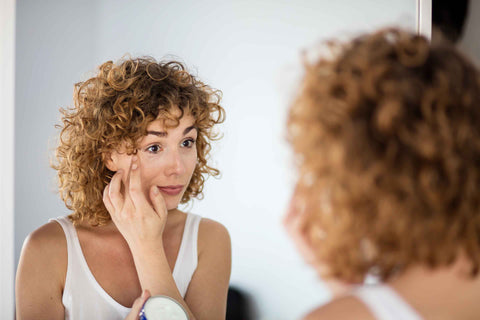
What are the Benefits of Skin Cycling?
If you’re new to skincare, have sensitive skin, or want to keep things simple then this trend is likely for you. It’s a very easy approach to alternating skincare products that doesn’t involve complex schedules or in-depth research. Almost everyone can follow this schedule and this makes it understandably appealing.
The idea is to be consistent with your more potent topicals like retinoids and exfoliants while avoiding irritation and giving the skin time to recover. There is a focus on the skin barrier and its health function, especially. If you’ve been guilty of over-exfoliation in the past, this is a great way to slow it down.
This is also a great starter routine if you are adding a retinoid like tretinoin or retinol to your routine. Many dermatologists recommend using a retinoid every third or fourth night so if you omit the exfoliation night, this is the perfect schedule to get started with.
Who Can Benefit
- Sensitive skin types
- Anyone new to exfoliants and retinoids
- Skincare beginners
- Anyone who prefers a simple approach

Is Skin Cycling for Everyone?
Skin cycling is a wonderful option if you fit into the categories we just discussed. But it’s important to stress that this is not the only way to rotate products and won’t be the best route for everyone - many of our customers are focused on anti-aging skincare and wouldn’t benefit the most from this trend.
Skin cycling really appeals to the beginner, the sensitive skin type, and the minimalist. If you don’t fit into these categories, it’s important to evaluate and see if this method is right for you. It’s not the only way and that’s what we will be covering next. Not skincare approach is one size fits all.
In assessing how to rotate products, it’s important to consider the frequency that topicals are applied in the research. Tretinoin, called the “gold standard” for photoaging, is typically used nightly or every other night if you look at the evidence. On the flip side, if you’re dealing with acne scars or other more serious skin concerns then a stronger exfoliant used less often can be the better route.
Giving your skin time to recover and not causing excessive irritation is important. But no skincare regimen will work for everyone and it’s important to also use products at the concentration and frequency that they’ve been studied at. Prioritize the products that are most effective so that you don’t overwhelm your skin.
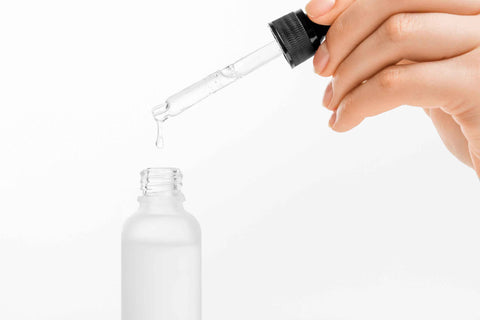
Can You Cycle Skincare Devices?
Some of our followers asked if we can apply the concept of skin cycling to skincare devices and treatments. Yes, you can use skin cycling for your skincare routine and still incorporate your skincare devices and tools. There’s two ways to do it.
1. Incorporate tools into the 4 day rotation
| Treatment Night | Additional Information |
|---|---|
| Exfoliation Night |
|
| Recovery Nights |
|
2. Apply the rotational approach to your device schedule separately
This works better for devices and tools that don’t exfoliate or aid in recovery, like our NEWA Radio Frequency device. Instead, we can alternate treatment modalities in a way that is effective but not too much for our skin.
Note: this is assuming you’re on the maintenance protocol with NEWA and other devices like microcurrent.
7 Day Chart
| Treatment | Scheduled Days |
|---|---|
| NEWA Radio Frequency | Day 3 and 6 |
| Cosmetic Microneedling | Day 7 |
| Microcurrent | Day 2 and 5 |
| Red Light Therapy | Day 3, 6, 7 |
| Rest Days | Day 1, 4 |
This is just an example and you can modify it based on the frequency of use for your devices, how much time you have, and what you have. What matters is using your products effectively and consistently.
RF works by using energy waves, known as radio waves. These waves penetrate our skin into its deeper layer – the Dermis – where they help boost the production of collagen to plump the skin. This treatment is non-invasive and painless. It can be performed in the clinic by a professional but it is also available for a fraction of the price for at-home use with devices such as the NEWA RF wrinkle reduction device.
According to a clinical study submitted to the FDA with individuals who used NEWA over a period of three months (3 times a week for the first 4 weeks and twice a week for the remaining 8 weeks), the NEWA RF results are clear: 100% of participants showed improvement in overall wrinkle appearance. In addition, 84% showed improvement in skin firmness and 75.6% showed an increase in skin collagen content. In fact, NEWA’s RF wrinkle reduction device was also proven to generate 3.8% collagen production in the skin over 12 weeks. That’s almost four years of natural collagen loss!
And there’s more: most people who participated in the FDA clinical study on NEWA, no less than 89%, reported the RF device made their skin feel and look tighter after just four weeks! No wonder some 300,000 people worldwide have already made it a part of their skincare routine.
We hope you enjoyed this installment of Fact or Fiction. Be sure to stay tuned to our blog if you enjoy skincare education and dispelling misinformation with science. Don’t forget to message us on Instagram and join our Facebook community if you have questions or requests for blog topics, we love hearing from you.


